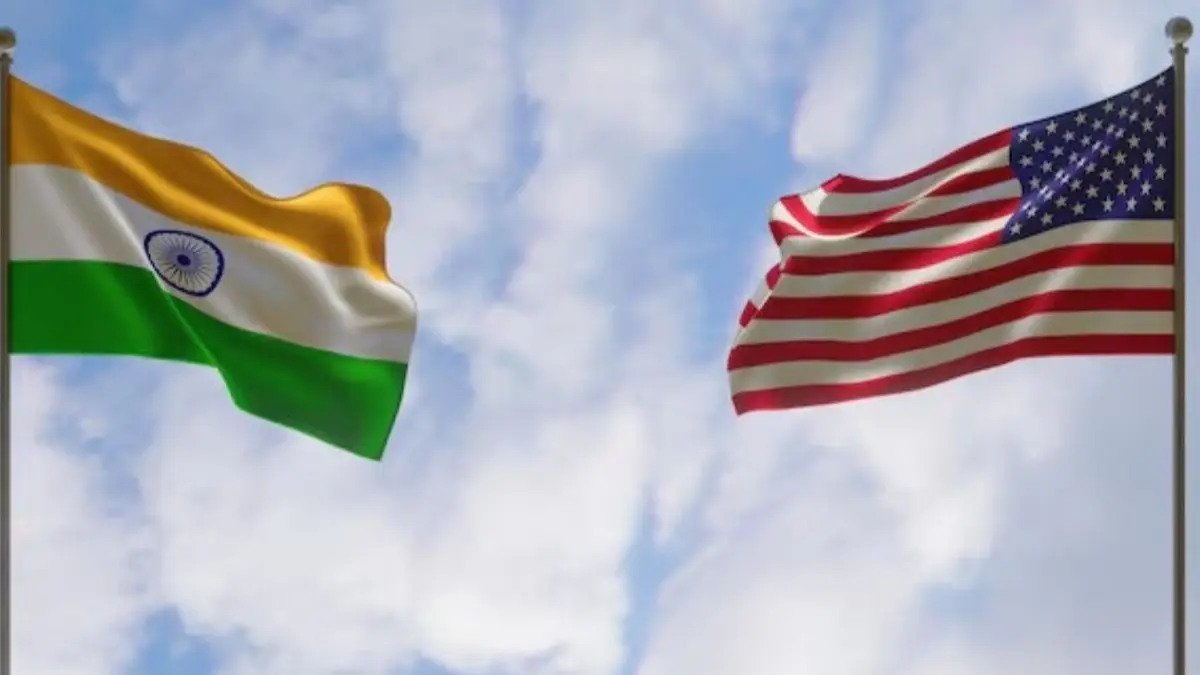Updated 13 May 2025 at 13:17 IST
A Day After Contradicting Donald Trump, India Toughens Its Stand On US Tariffs At WTO
India has formally notified the WTO of its plan to impose retaliatory tariffs on the US over safeguard duties on steel and aluminium.
- Republic Business
- 3 min read

In a significant escalation of trade tensions, India has formally informed the World Trade Organisation (WTO) of its plan to suspend trade concessions granted to the United States. This move comes in response to continued US Safeguard duties on steel, aluminium, and related products—tariffs that India argues breach global trade rules.
The notification, issued on May 12, 2025, is listed under WTO document G/SG/N/12/IND/5 and is made under Article 12.5 of the WTO Agreement on Safeguards. This article allows member countries to retaliate when another member imposes safeguard measures without proper consultations or notifications.
Targeting US Steel and Aluminium Tariffs
At the core of this dispute are US tariffs on steel, aluminium, and their derivative products. These duties were first imposed in 2018, citing national security concerns, and have been extended several times since. The latest extension came through U.S. Presidential Proclamations 10895 and 10896, issued on February 10, 2025, and effective from March 12, 2025.
India contends that although these US duties were never formally notified as safeguard measures, they effectively act as such. According to India, this violates WTO rules under both the General Agreement on Tariffs and Trade (GATT) 1994 and the Safeguards Agreement.
More importantly, India says the United States failed to conduct the mandatory consultations required under Article 12.3 of the Safeguards Agreement. This failure triggered India’s move to retaliate.
A Reflection of India’s Tougher Trade Stance
The Global Trade Research Initiative (GTRI) responded to India’s WTO notification by saying, “The move also signals a tougher Indian stance, especially in politically sensitive sectors like steel and aluminium that align with its ‘Make in India’ industrial strategy.”
GTRI added that this step marks a significant shift in India’s trade policy and shows its growing resolve to protect domestic industries. “This demonstrates India’s intention to use the WTO platform firmly to protect its trade interests,” it noted.
Unless the United States initiates consultations or withdraws the measures, India’s retaliatory tariffs could come into effect 30 days after the notification—on June 8, 2025.
What Happens Next?
GTRI emphasised that much now depends on how the US chooses to respond. “If the US engages in consultations or withdraws the contested measures, a resolution may be reached. Otherwise, India's tariff response could take effect in early June, potentially affecting U.S. exporters and deepening trade frictions,” it said.
India has also kept the option open to revise the list of targeted products and adjust tariff rates. This ensures that the economic response remains proportional to the impact of the US measures.
Read More - Why Are Metal Stocks Tata Steel, JSW Steel, Hindalco Under Pressure?
Not India’s First Retaliation
This is not the first time India has exercised its right to retaliate under WTO rules. In June 2019, India imposed higher tariffs on 28 US products—including almonds, apples, and chemicals—after the US withdrew India’s benefits under the Generalised System of Preferences (GSP) and continued to maintain steel and aluminium duties.
That retaliation was valued at around 4240 million in trade and marked India’s first use of WTO-sanctioned measures. These duties were eventually withdrawn in September 2023 following Indian Prime Minister Narendra Modi’s state visit to Washington. During the visit, both countries agreed to resolve six pending WTO disputes, including this one.
(With Inputs From ANI)
Advertisement
Published By : Gunjan Rajput
Published On: 13 May 2025 at 13:17 IST
